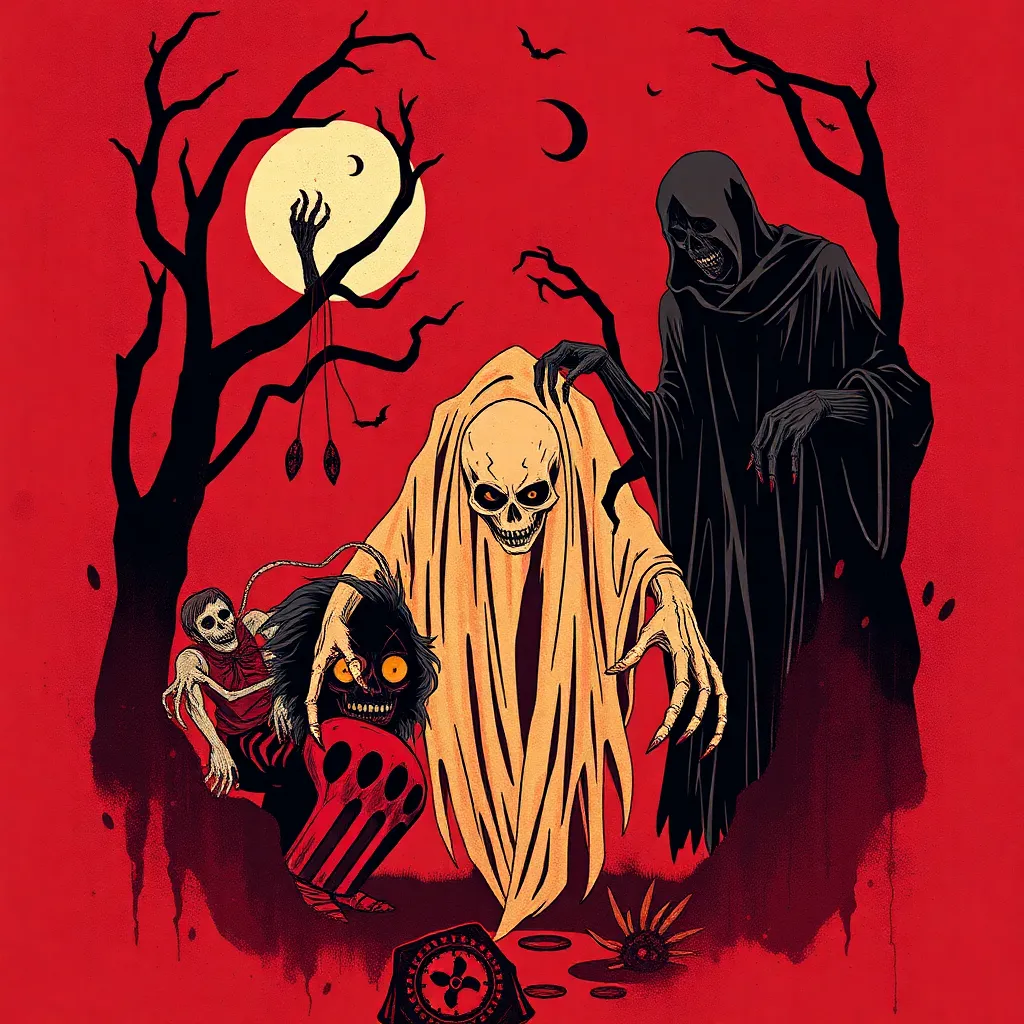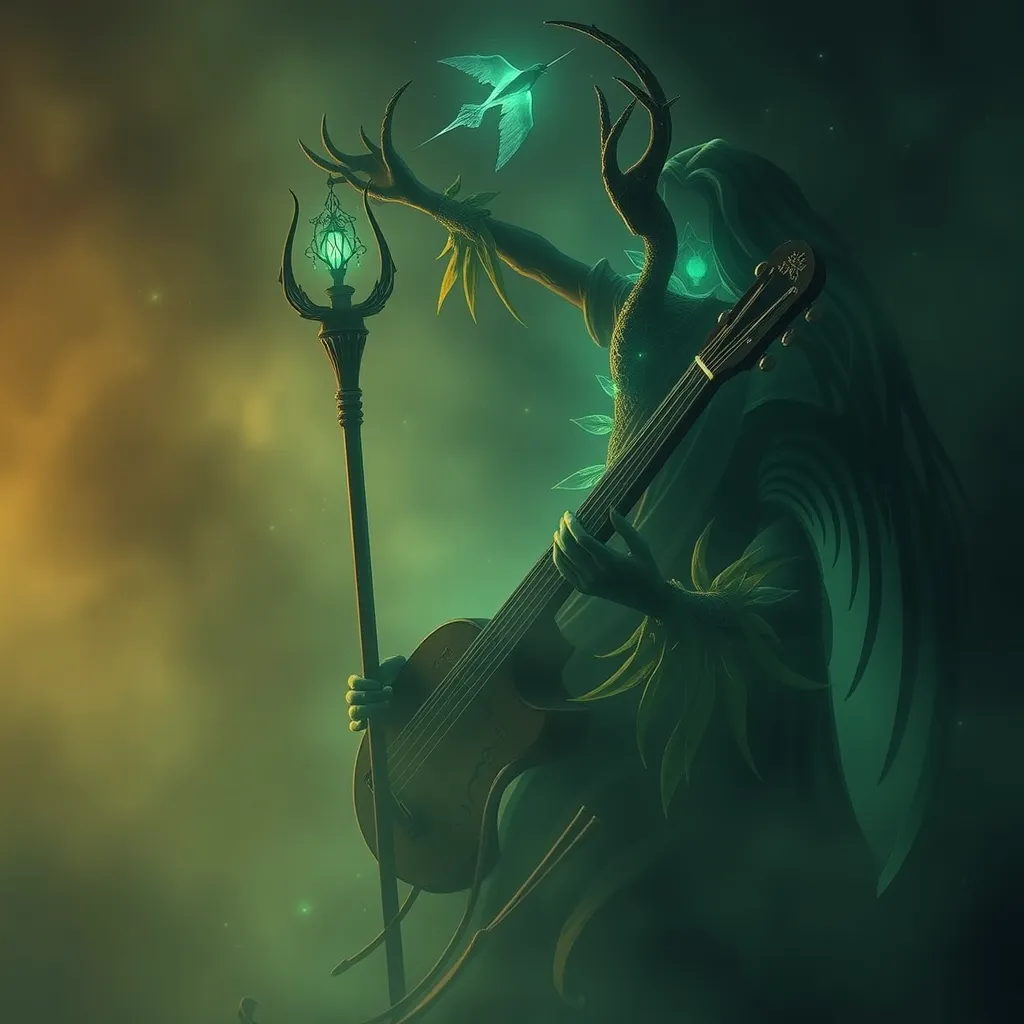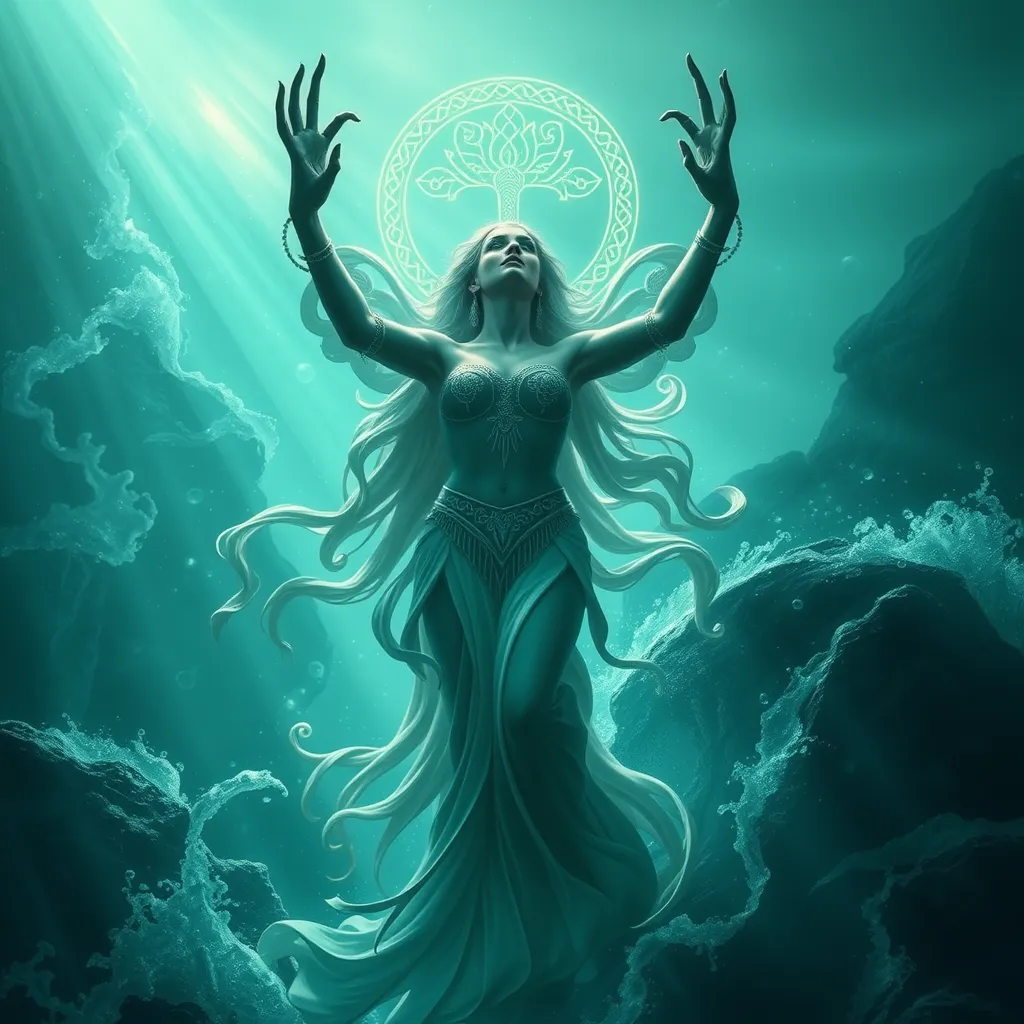Echidna’s Revenge: Exploring the Mythological Accounts of the Serpent-Woman’s Vengeance
I. Introduction
The figure of Echidna, often referred to as the “Mother of Monsters” in Greek mythology, serves as a fascinating subject for exploration. Her character embodies a complex blend of power, vengeance, and motherly archetype, rendering her a significant figure in ancient narratives. The theme of revenge, prevalent across various mythological tales, finds a striking representation in Echidna’s stories, highlighting her role in the cosmic struggle between gods and monsters. This article aims to delve into the origins, narratives, and cultural significance of Echidna, particularly focusing on the theme of vengeance that pervades her mythological accounts.
II. The Origins of Echidna in Mythology
A. Description of Echidna as a creature
Echidna is often depicted as a monstrous being, possessing the upper body of a beautiful woman and the lower body of a serpent. This hybrid form exemplifies a duality that is central to her character, representing both allure and danger. Her physical appearance often evokes both fear and fascination, symbolizing the complexities of femininity in mythology.
B. Her lineage and connections to other mythological figures
Echidna is considered the offspring of Phorcys and Ceto, ancient deities associated with the sea and monsters. Her union with Typhon, a monstrous giant known for his rebellion against the Olympian gods, further solidifies her status as a formidable figure in mythology. Together, they produced a host of notorious offspring, including the Chimera, Cerberus, and the Nemean Lion, each contributing to her legacy as the progenitor of chaos and destruction.
C. Cultural contexts and variations in her portrayal
The portrayal of Echidna varies across different cultural contexts. In some versions, she is seen as a nurturing mother, while in others, she embodies a more malevolent force. This duality reflects broader themes in mythology where female figures often straddle the line between creation and destruction.
III. Echidna’s Role in Greek Mythology
A. The narrative of Echidna and Typhon
The narrative surrounding Echidna and Typhon is rich with conflict and drama. Typhon, after being defeated by Zeus, was imprisoned beneath Mount Etna. Echidna, however, remained active in the mythological landscape, often depicted as a protector of her monstrous offspring and a challenger to the gods. This dynamic illustrates her defiance against divine authority and her role as a mother fiercely defending her progeny.
B. Echidna’s offspring and their significance
Among Echidna’s notable children are:
- Chimera: A fire-breathing creature with a lion’s head, a goat’s body, and a serpent’s tail.
- Cerberus: The three-headed dog that guards the Underworld.
- Nemean Lion: A beast with impenetrable skin, defeated by Heracles as part of his twelve labors.
Each of these offspring embodies various challenges that heroes must overcome, reinforcing Echidna’s role as a source of trials and tribulations in the mythological narrative.
C. Relationship to other mythological heroes and monsters
Echidna’s interactions with heroes, such as Heracles and Perseus, highlight her significance in Greek mythology. The trials posed by her offspring serve as pivotal moments for these heroes, marking their journeys toward greatness and underscoring Echidna’s integral role in the mythos of heroism and vengeance.
IV. Themes of Vengeance in Echidna’s Stories
A. Exploration of the concept of vengeance in ancient mythology
Revenge is a potent theme in ancient mythology, often linked to the protection of one’s lineage and honor. Echidna’s character embodies this archetype, revealing the lengths to which a mother may go to avenge her offspring and assert her power in a patriarchal world.
B. Instances of Echidna enacting revenge
While specific tales of Echidna directly enacting revenge are sparse, her very existence and the creation of her monstrous progeny can be viewed as a form of vengeance against the gods who threaten her family. Her alliances with Typhon further amplify this theme, as their combined forces represent a rebellion against divine order.
C. The implications of her actions for gods and mortals
The implications of Echidna’s legacy extend beyond mere conflict; her actions serve as a reminder of the consequences of arrogance among the gods. The monstrous challenges posed by her offspring often result in significant trials for heroes, reflecting the chaotic balance of power between the divine and the monstrous.
V. Symbolism of the Serpent-Woman
A. Interpretation of Echidna’s serpent form
Echidna’s serpent form is rich with symbolism. Serpents often represent duality—wisdom and danger, life and death. This duality is central to Echidna’s character, encapsulating the tensions between creation and destruction, nurturing and menace.
B. Symbolism of femininity and power in her character
Echidna’s portrayal as a serpent-woman underscores the complexities of femininity in mythology. She embodies both nurturing qualities associated with motherhood and the fierce, often destructive power of a vengeful woman. This duality challenges traditional gender roles and highlights the multifaceted nature of female power.
C. The duality of creation and destruction in her mythos
The myths surrounding Echidna illustrate a profound duality: her ability to create monstrous beings that instill fear while simultaneously nurturing them as a mother. This tension mirrors broader themes in mythology where creation and destruction are often intertwined, reflecting the chaotic forces of nature and the human experience.
VI. Comparative Analysis with Other Mythological Figures
A. Parallels to other vengeful female figures in mythology (e.g., Medusa, Lilith)
Echidna shares similarities with other vengeful female figures in mythology, such as Medusa and Lilith. Each of these characters embodies a complex relationship with power, vengeance, and femininity. Medusa, cursed and transformed into a monster, represents the consequences of male violence against women, while Lilith embodies the rejection of patriarchal constraints.
B. Differences in motivations and outcomes
While all three figures enact vengeance, their motivations and outcomes differ significantly. Echidna’s vengeance is often tied to her role as a mother defending her offspring, whereas Medusa’s actions stem from personal betrayal and transformation. Lilith, on the other hand, embodies rebellion against patriarchal authority, seeking autonomy over her fate.
C. Cross-cultural comparisons of vengeance themes
The theme of vengeance is not isolated to Greek mythology; it appears across cultures. Figures like Kali in Hindu mythology and the Morrigan in Celtic lore also embody vengeance, often associated with war and protection of their kin. These cross-cultural comparisons highlight the universal nature of vengeance as a theme in human storytelling.
VII. Modern Interpretations and Adaptations
A. Representation of Echidna in contemporary literature and media
In modern literature and media, Echidna has been reinterpreted and adapted in various ways. She appears in fantasy novels, graphic novels, and television series, often portrayed as a complex character who embodies both villainy and maternal instincts. These adaptations reflect contemporary values and interests in exploring female power and agency.
B. The impact of modern storytelling on her mythos
Modern interpretations often emphasize Echidna’s duality and complexity, moving beyond the traditional monster archetype. By portraying her struggles, motivations, and relationships, contemporary storytelling reclaims her narrative, allowing for a more nuanced understanding of her character and her place in mythology.
C. Discussions on feminism and vengeance in modern contexts
The themes of feminism and vengeance in modern contexts resonate with contemporary discussions around female empowerment and agency. Echidna’s character serves as a symbol of resistance against patriarchal structures, inviting discussions about the complexities of female identity and the legitimacy of seeking vengeance in the face of oppression.
VIII. Conclusion
A. Summary of key points discussed in the article
This exploration of Echidna’s mythological accounts reveals the depth and complexity of her character. From her origins and role in Greek mythology to the themes of vengeance and her symbolic representation, Echidna emerges as a multifaceted figure who challenges



